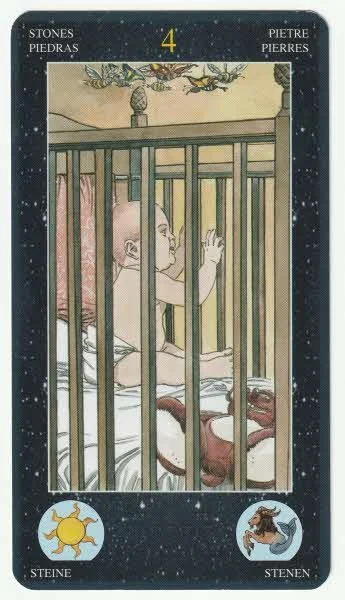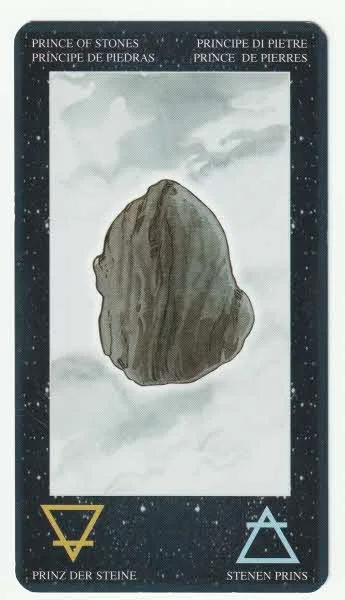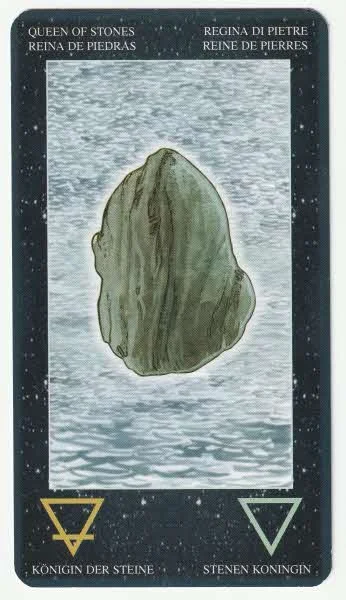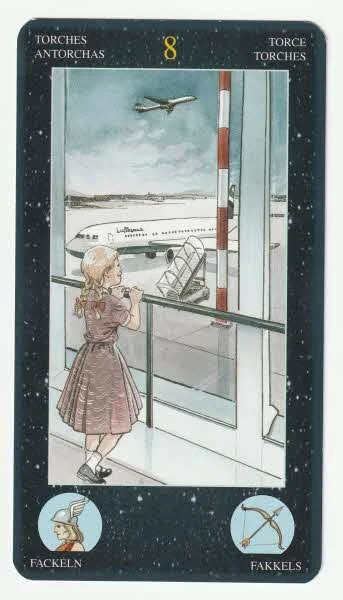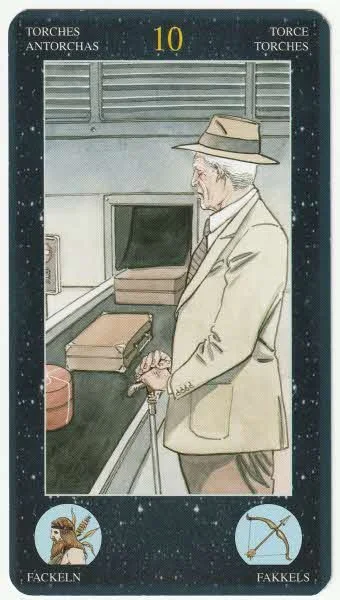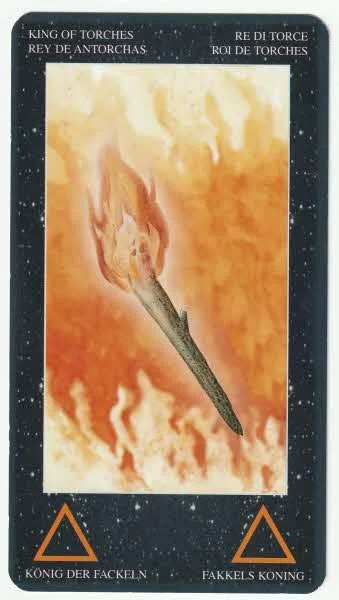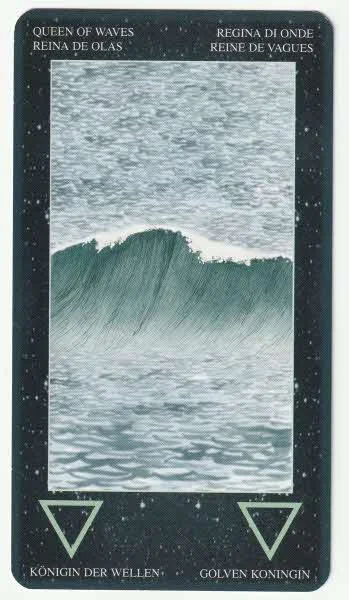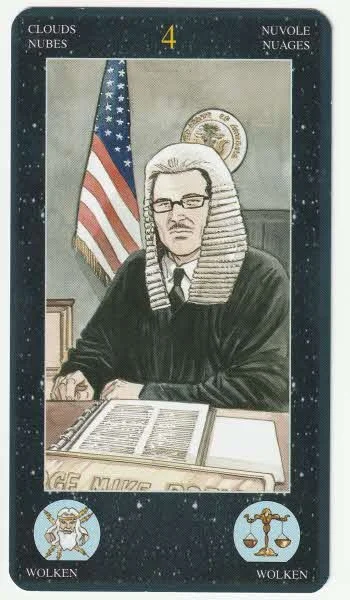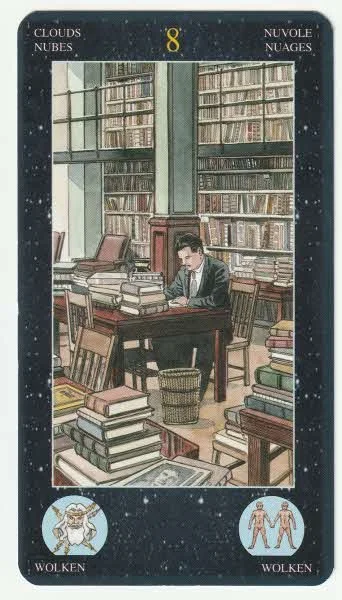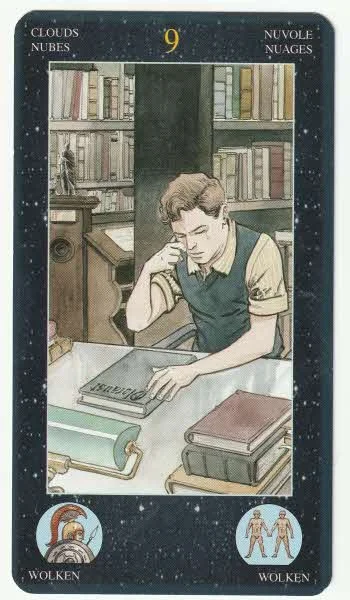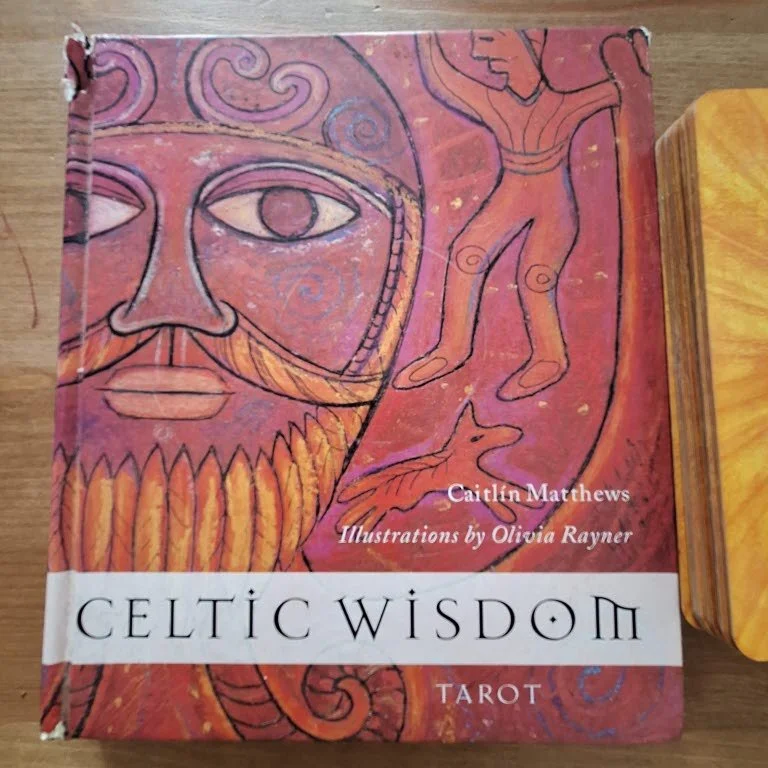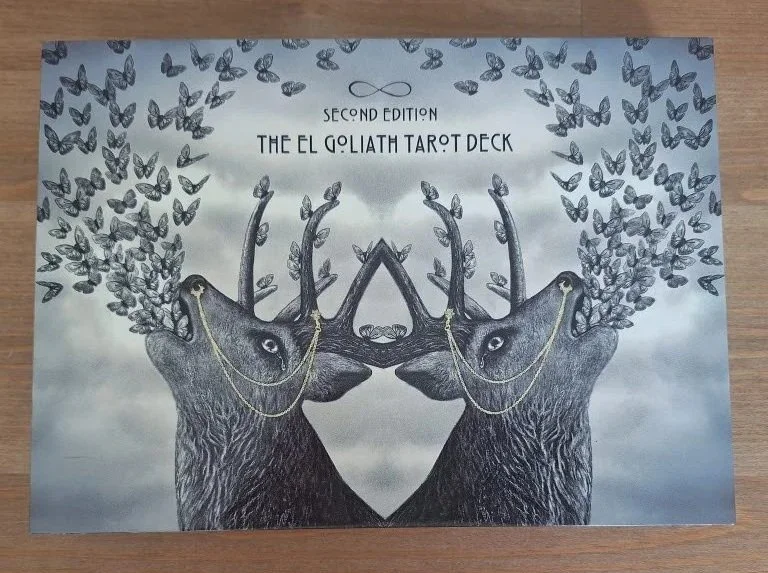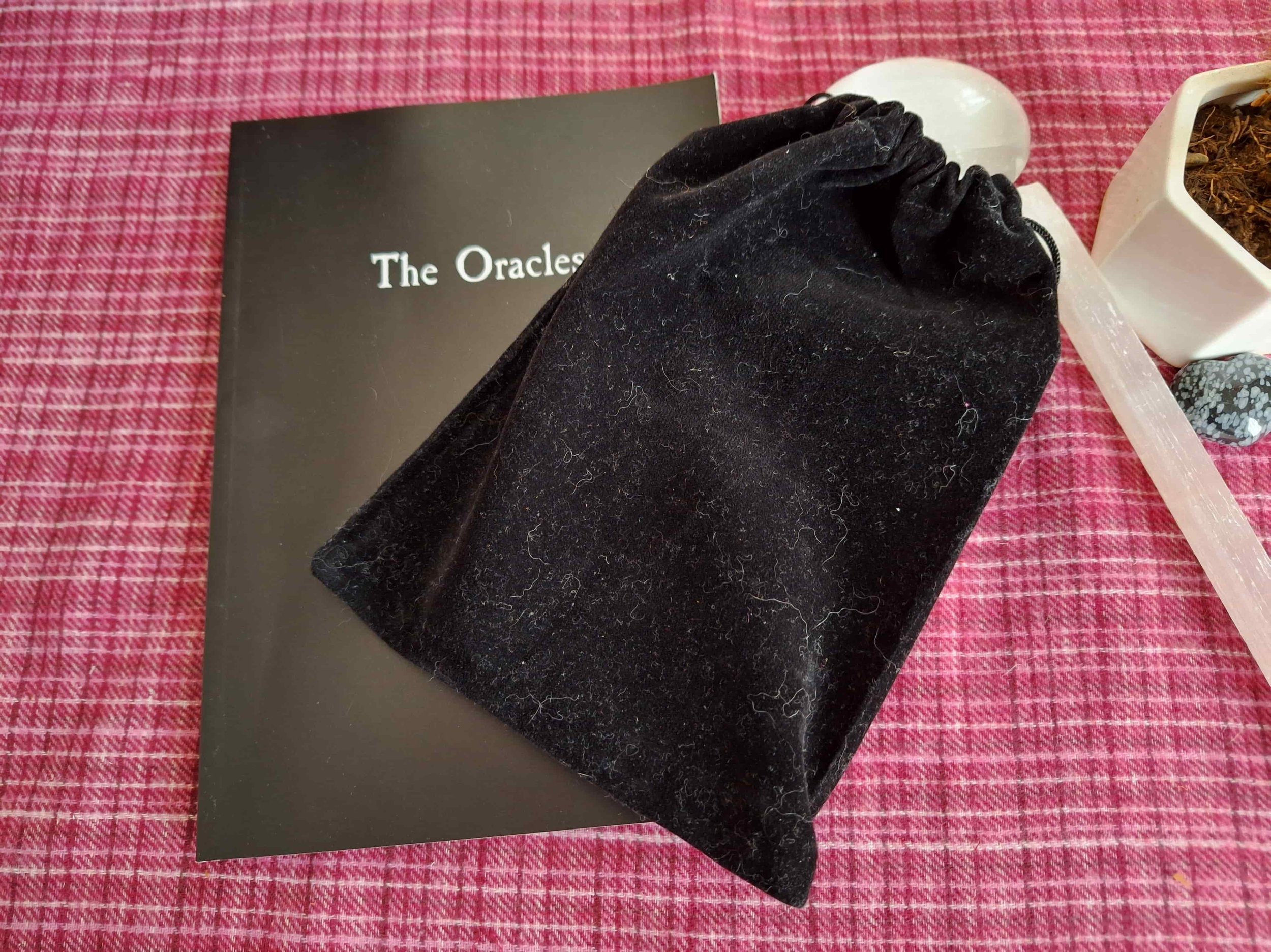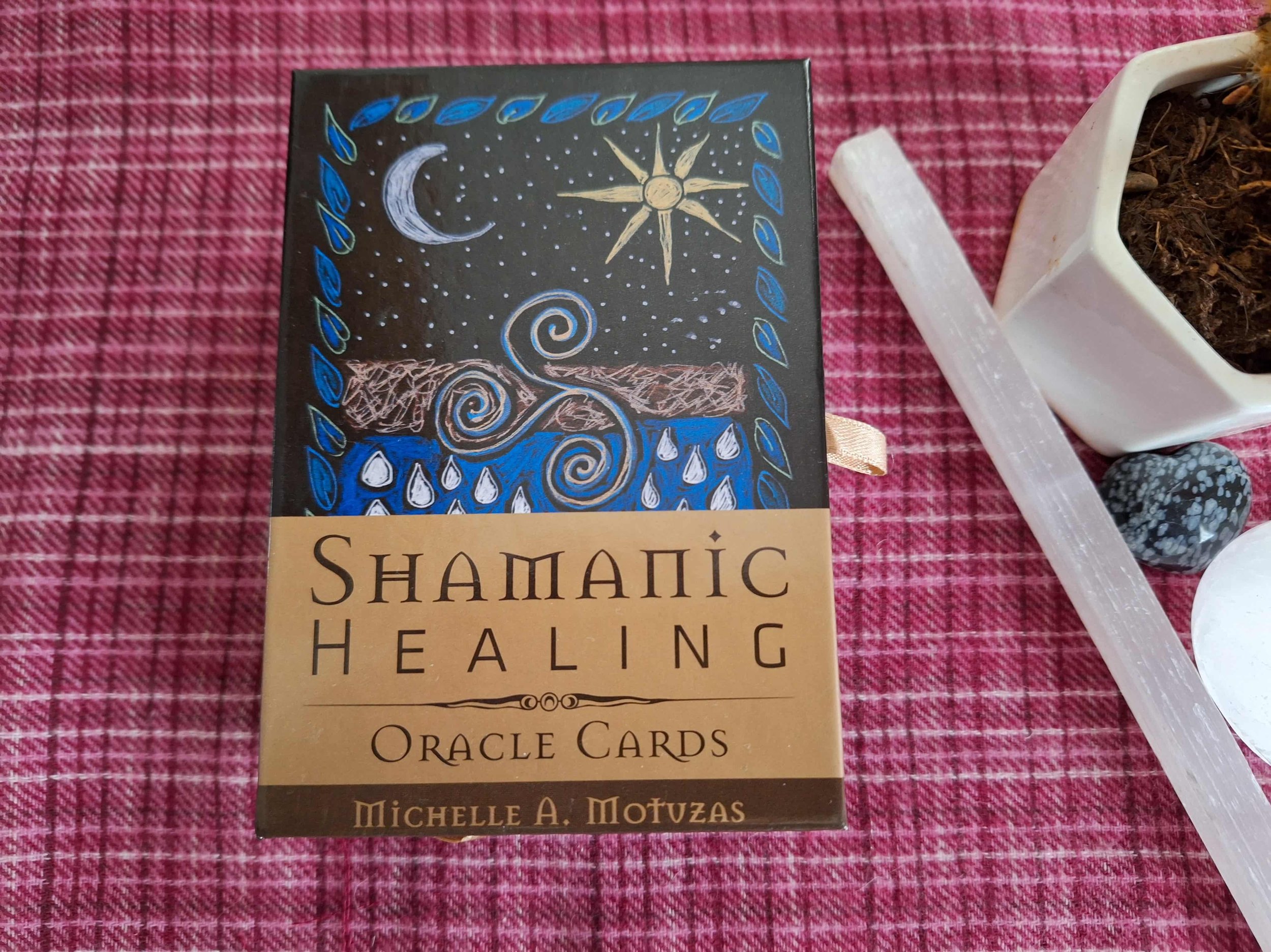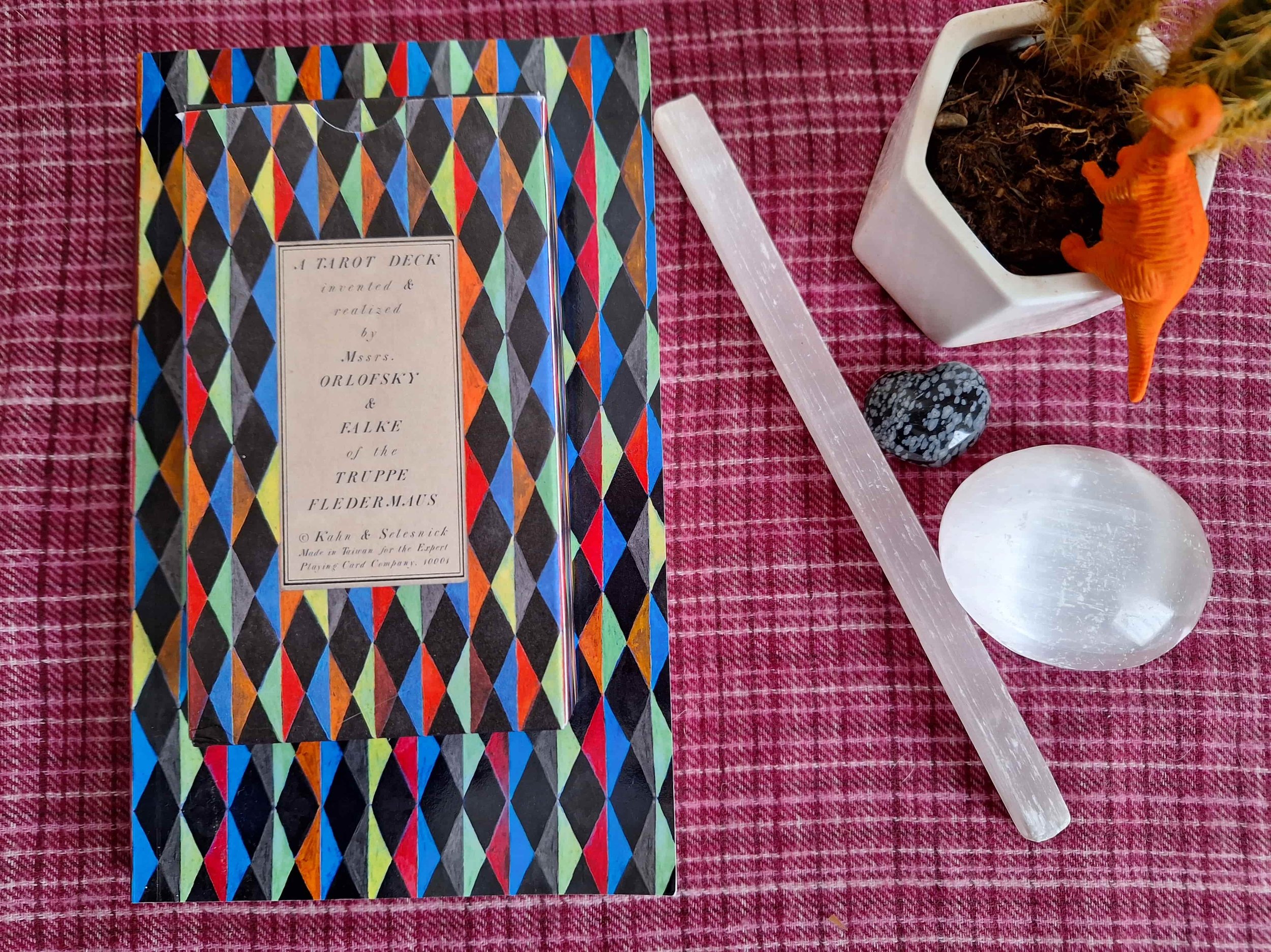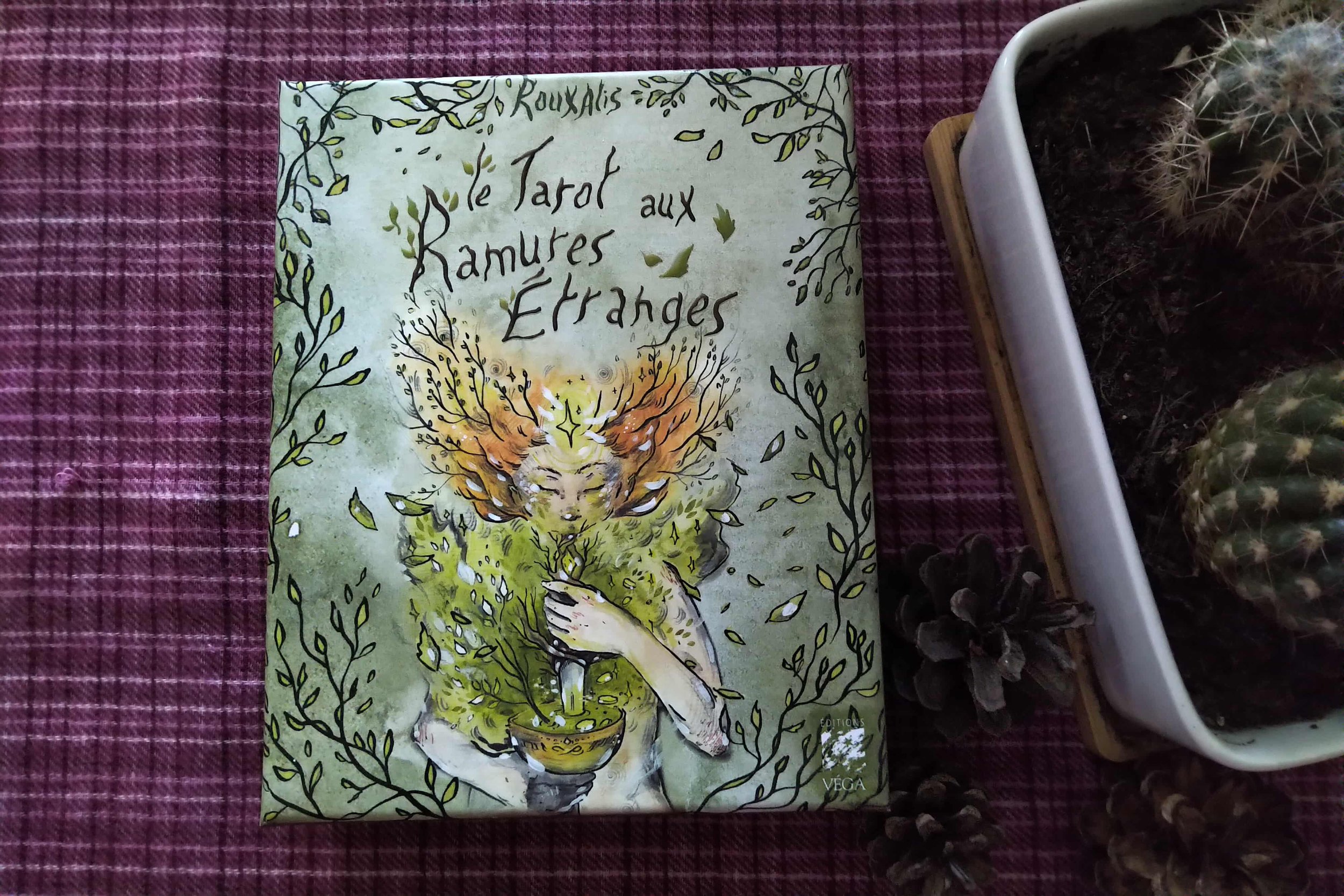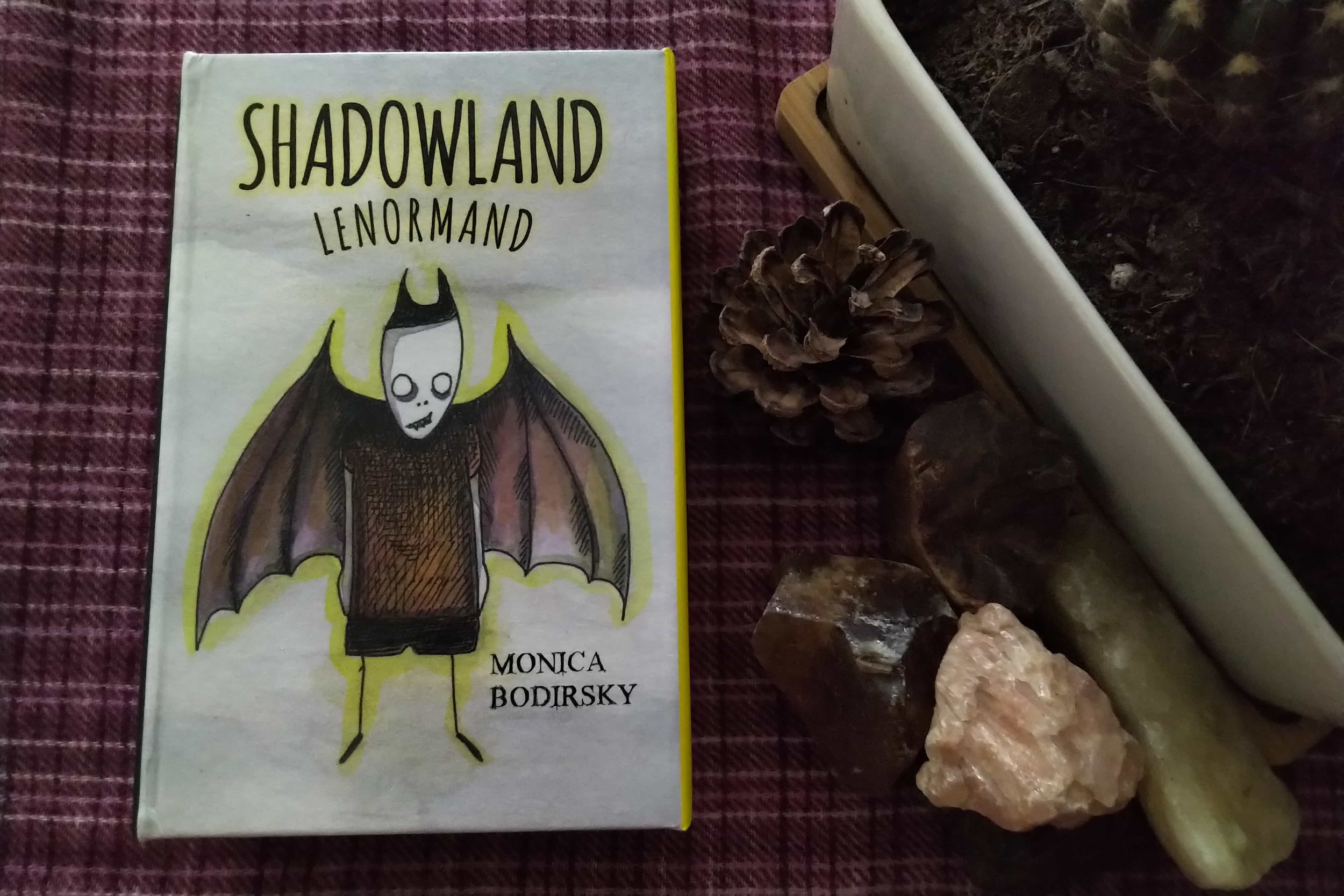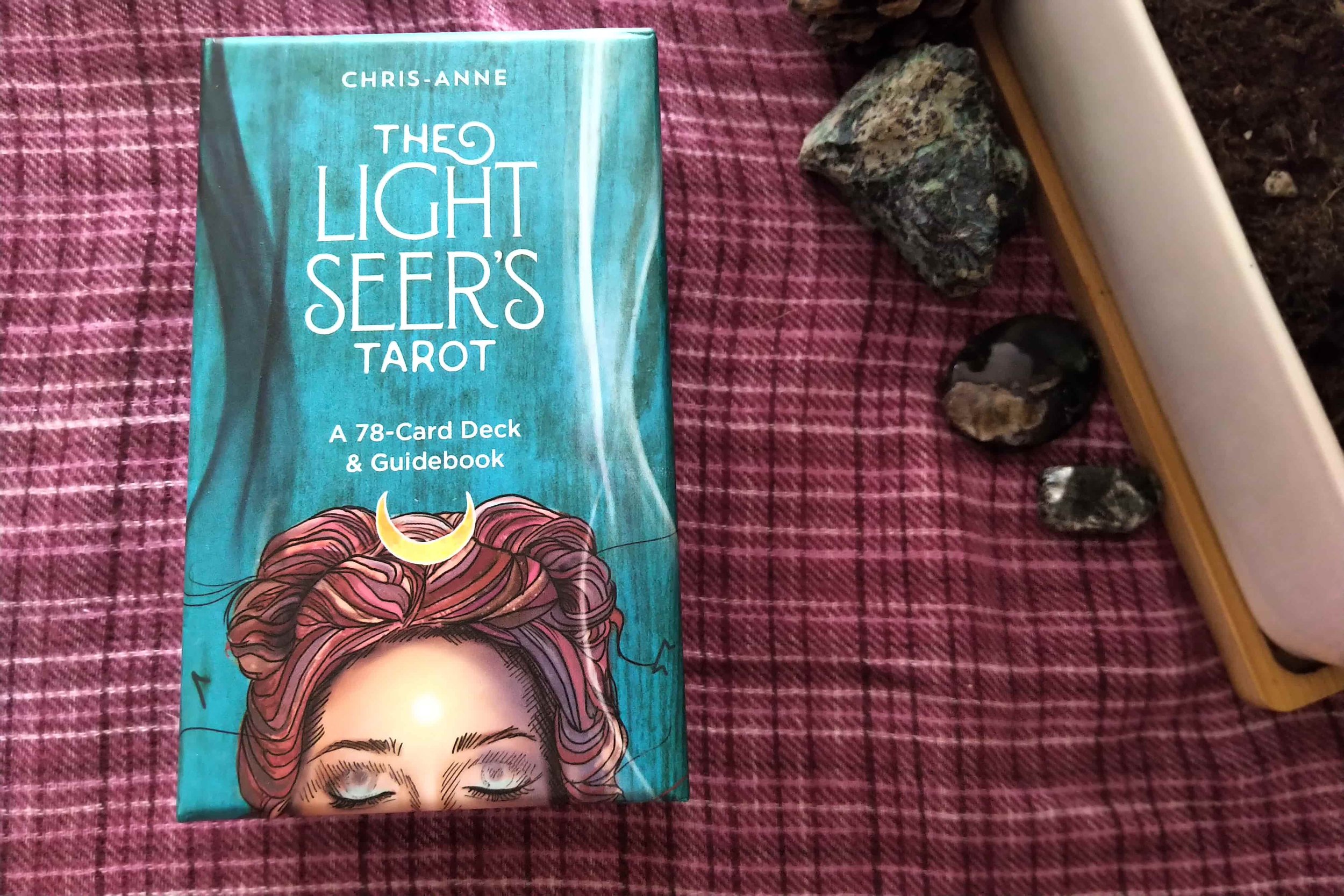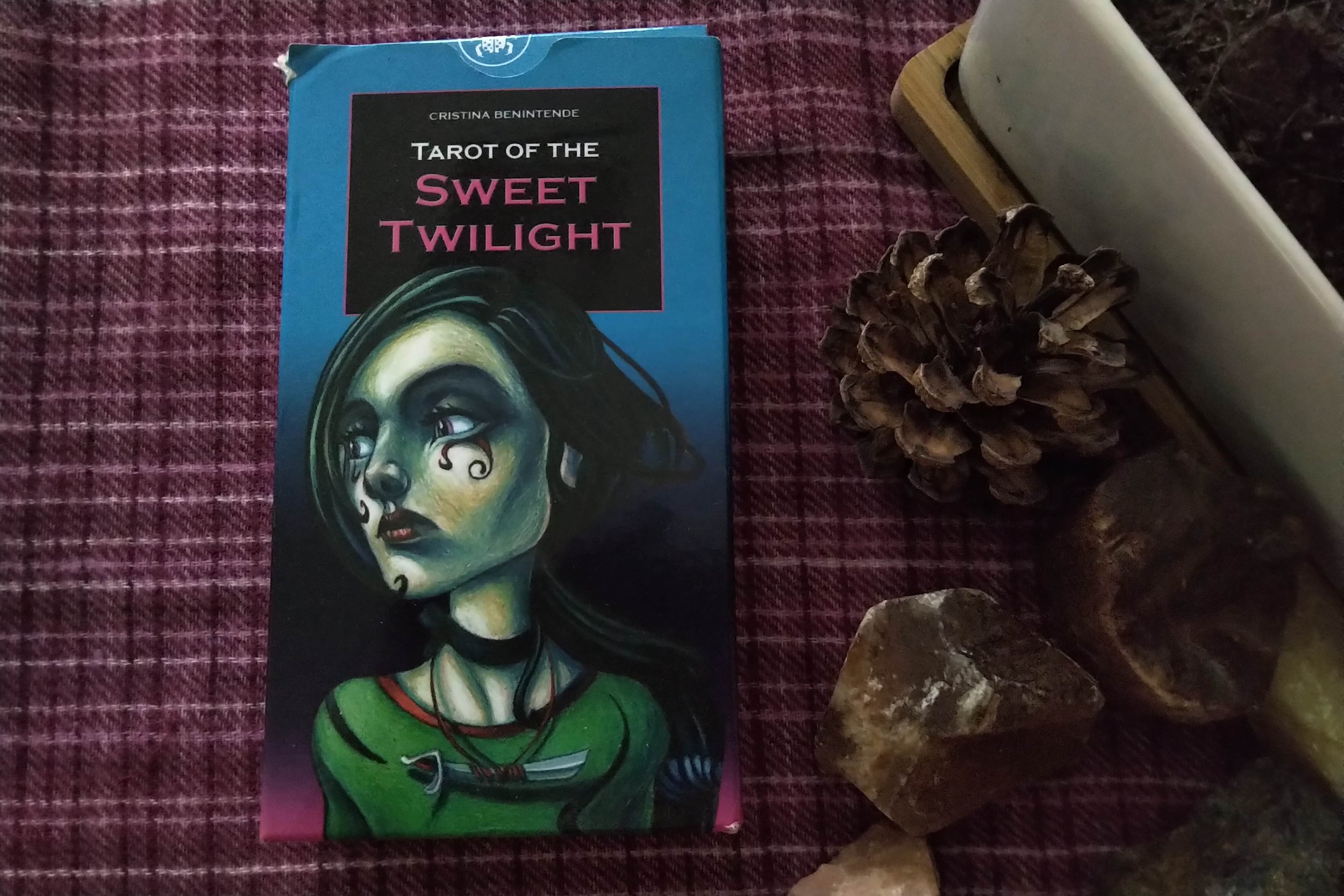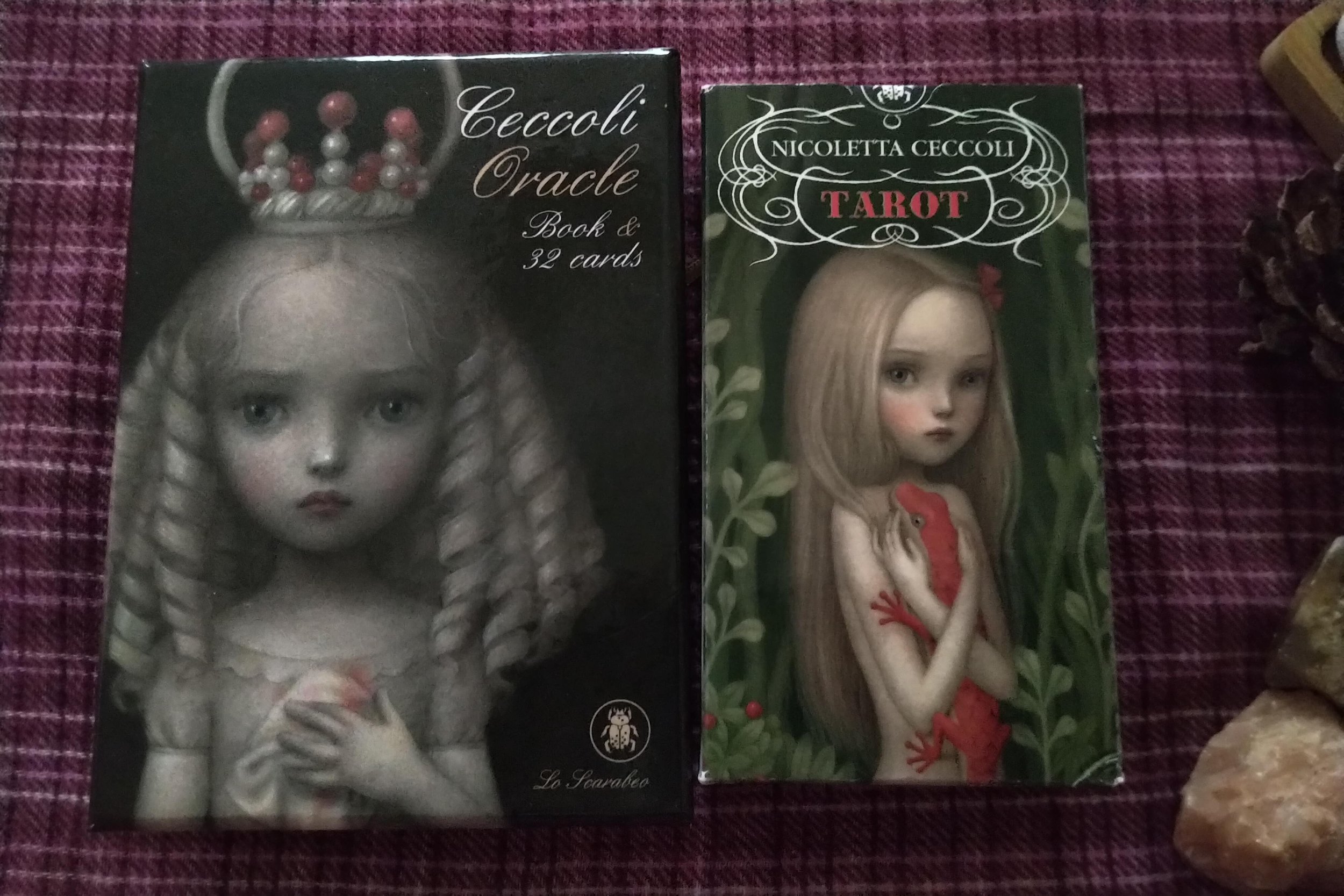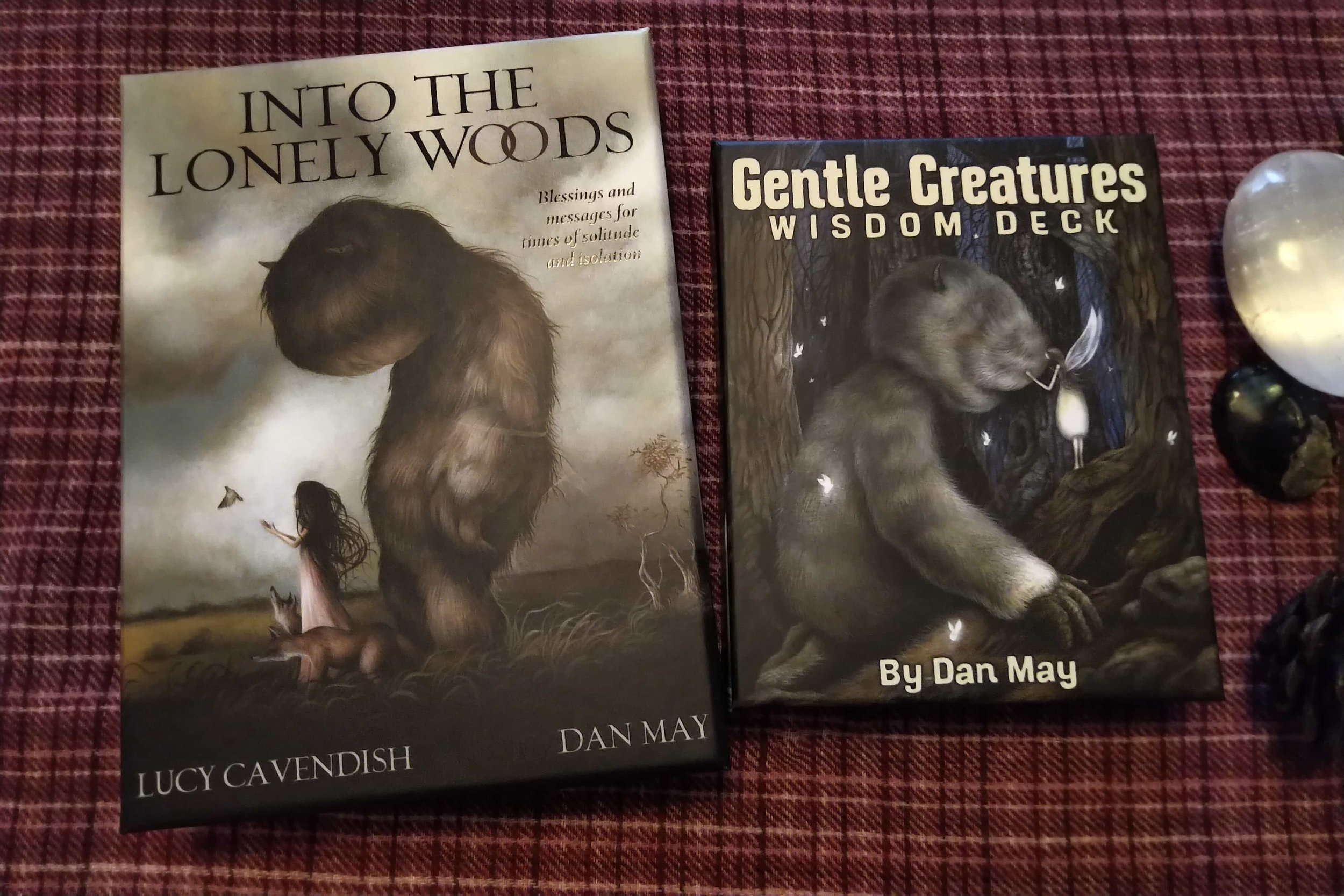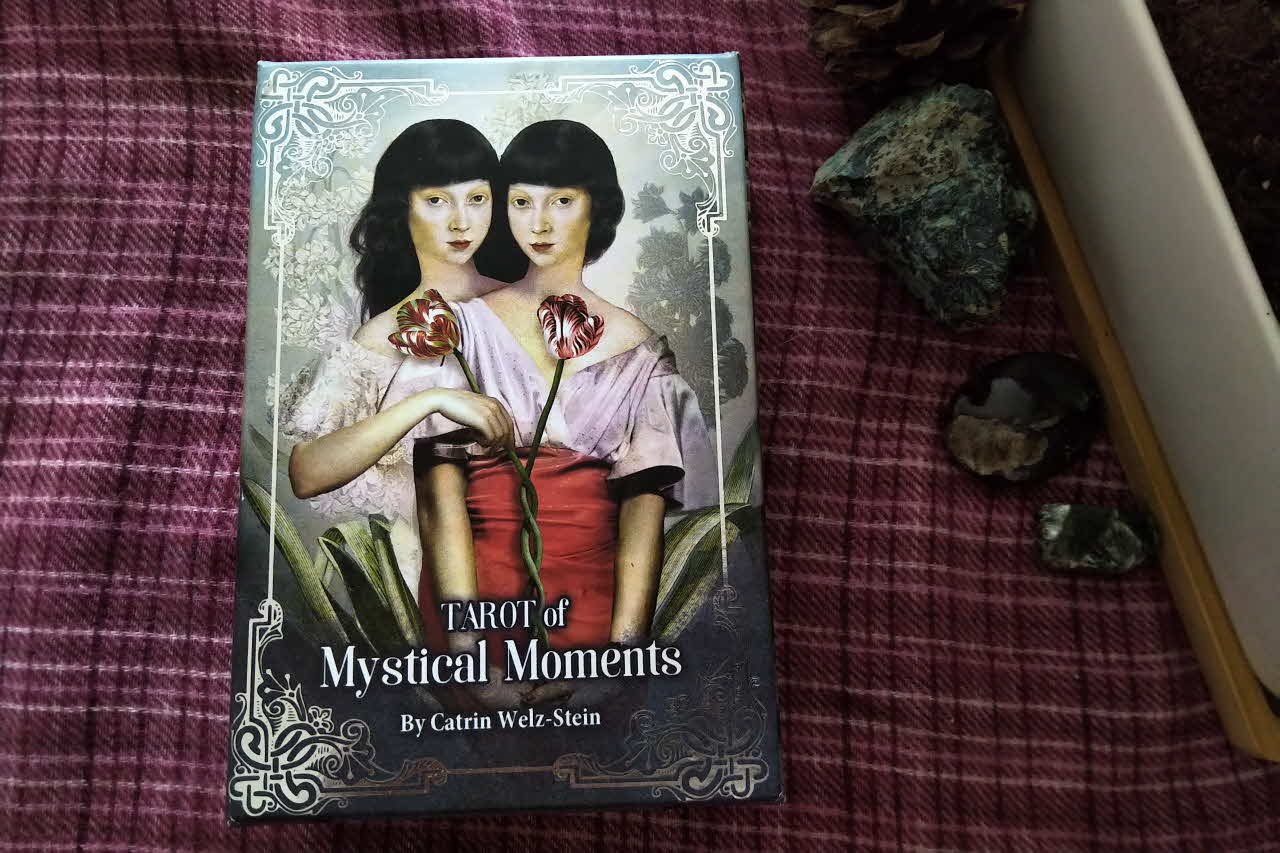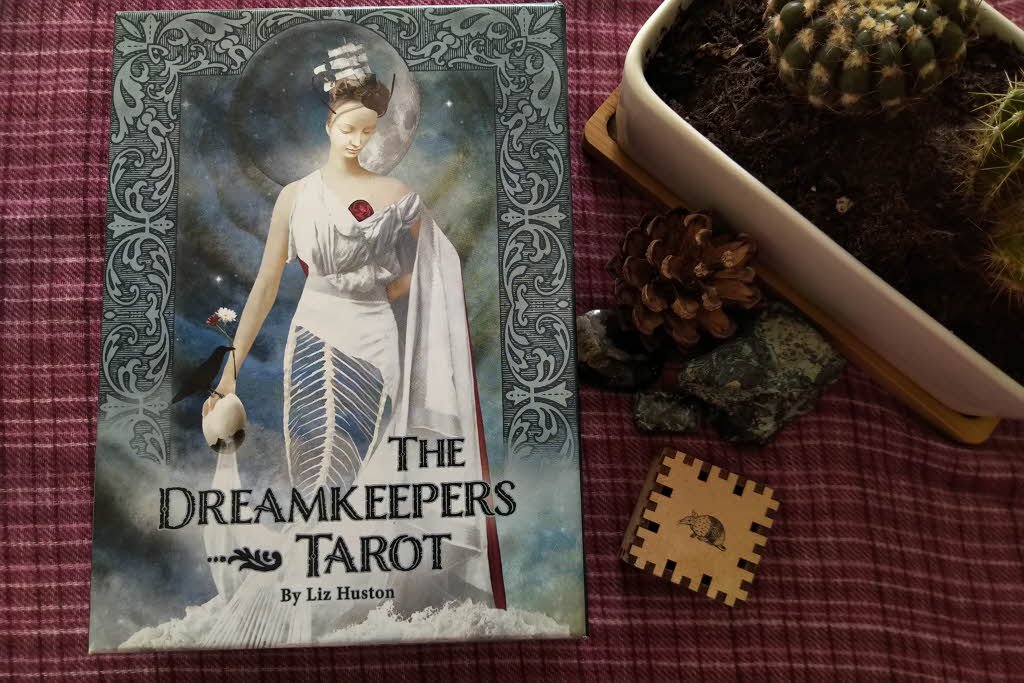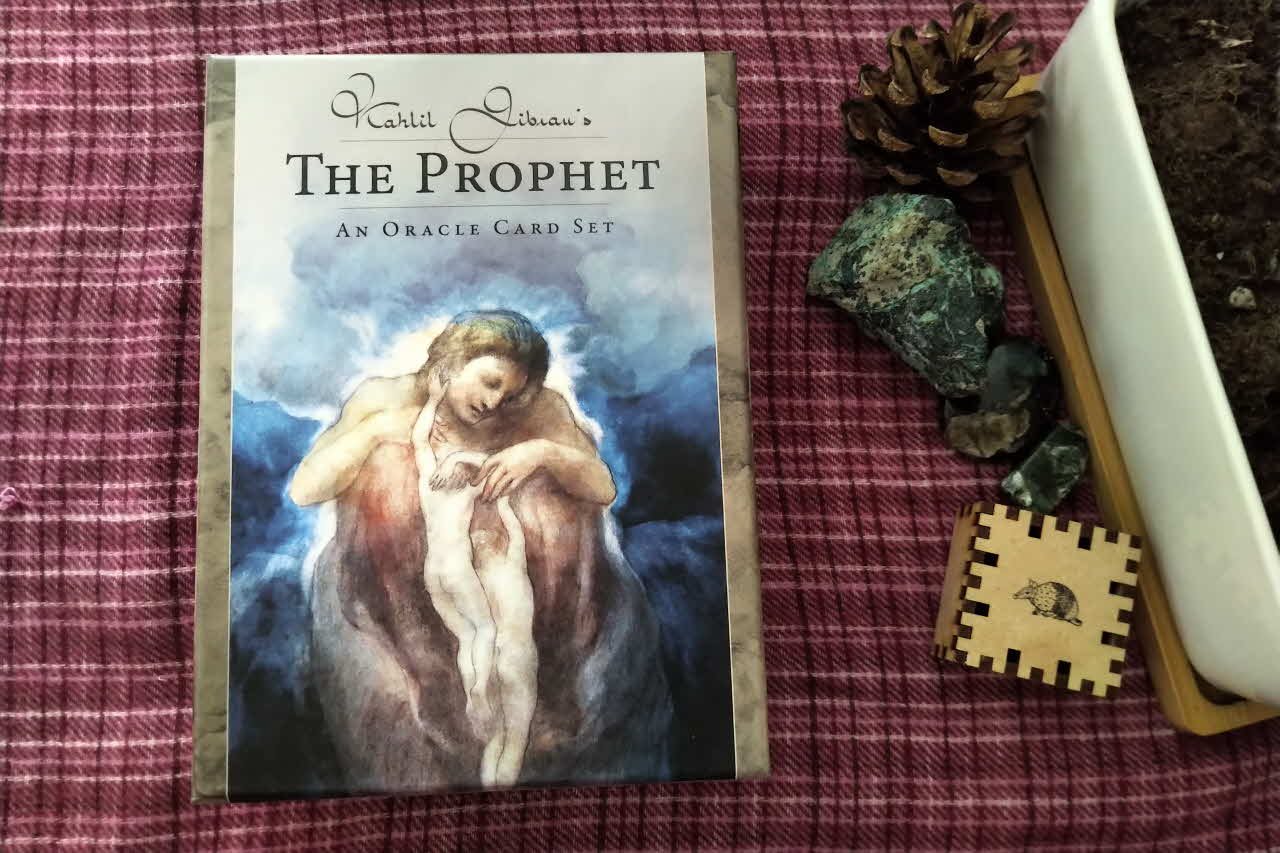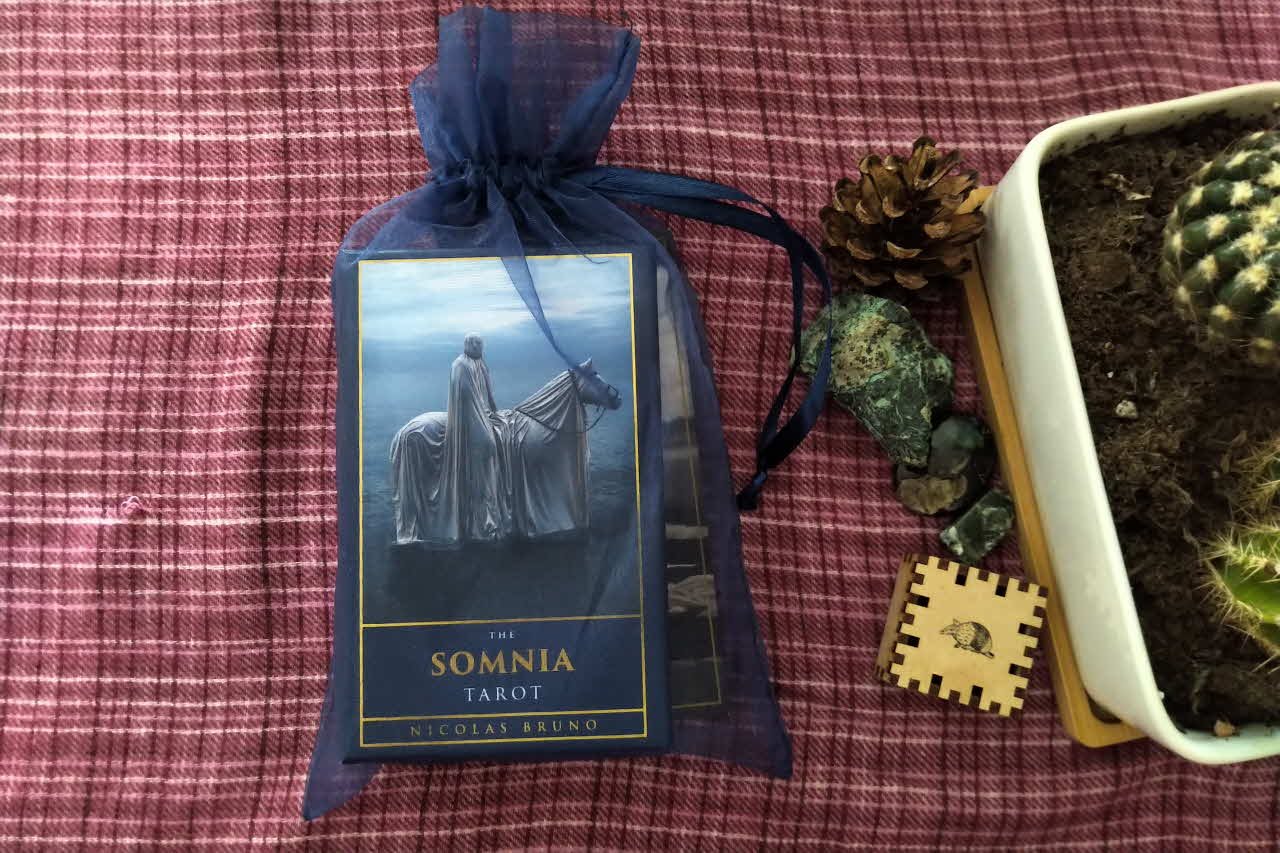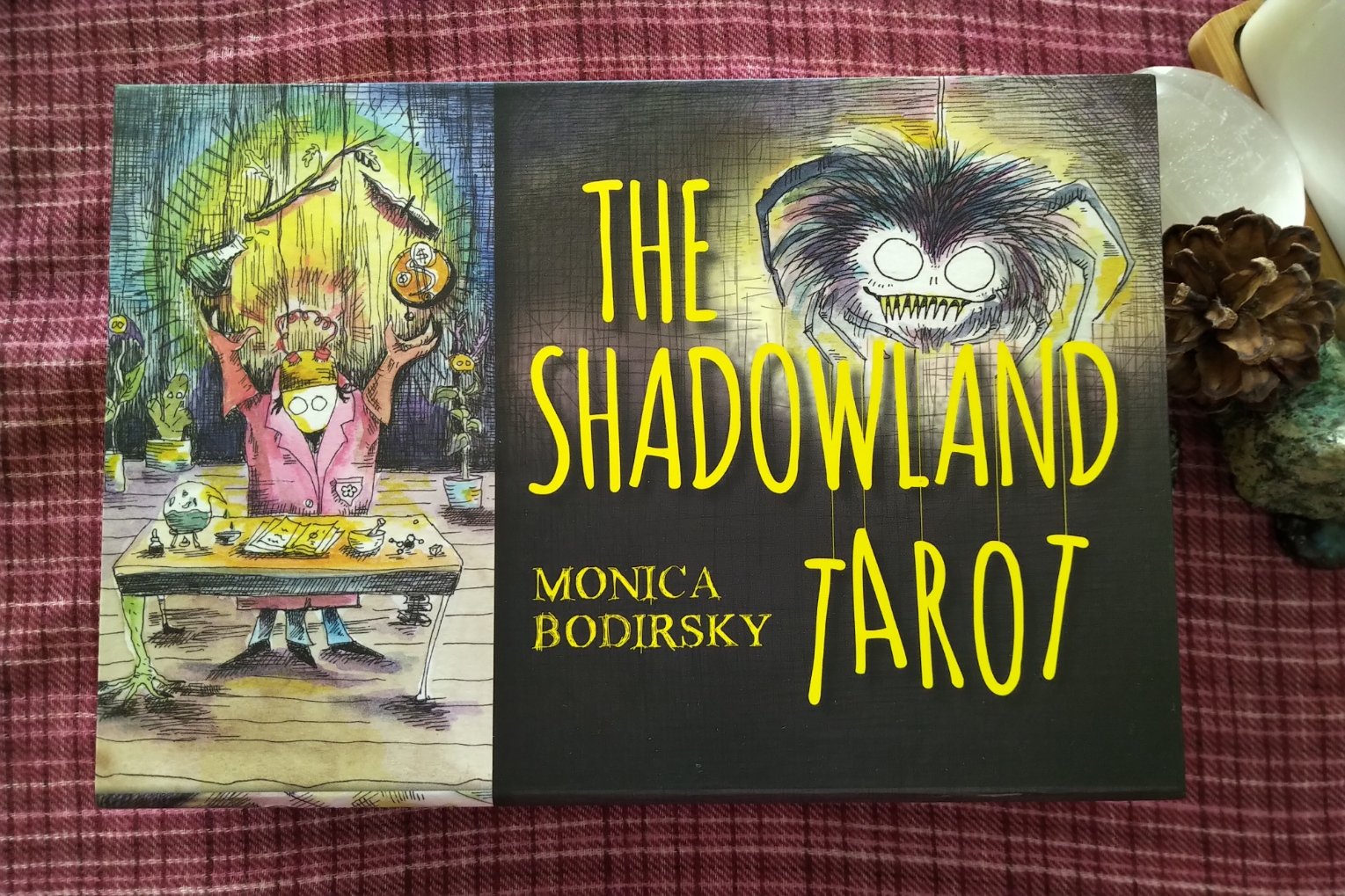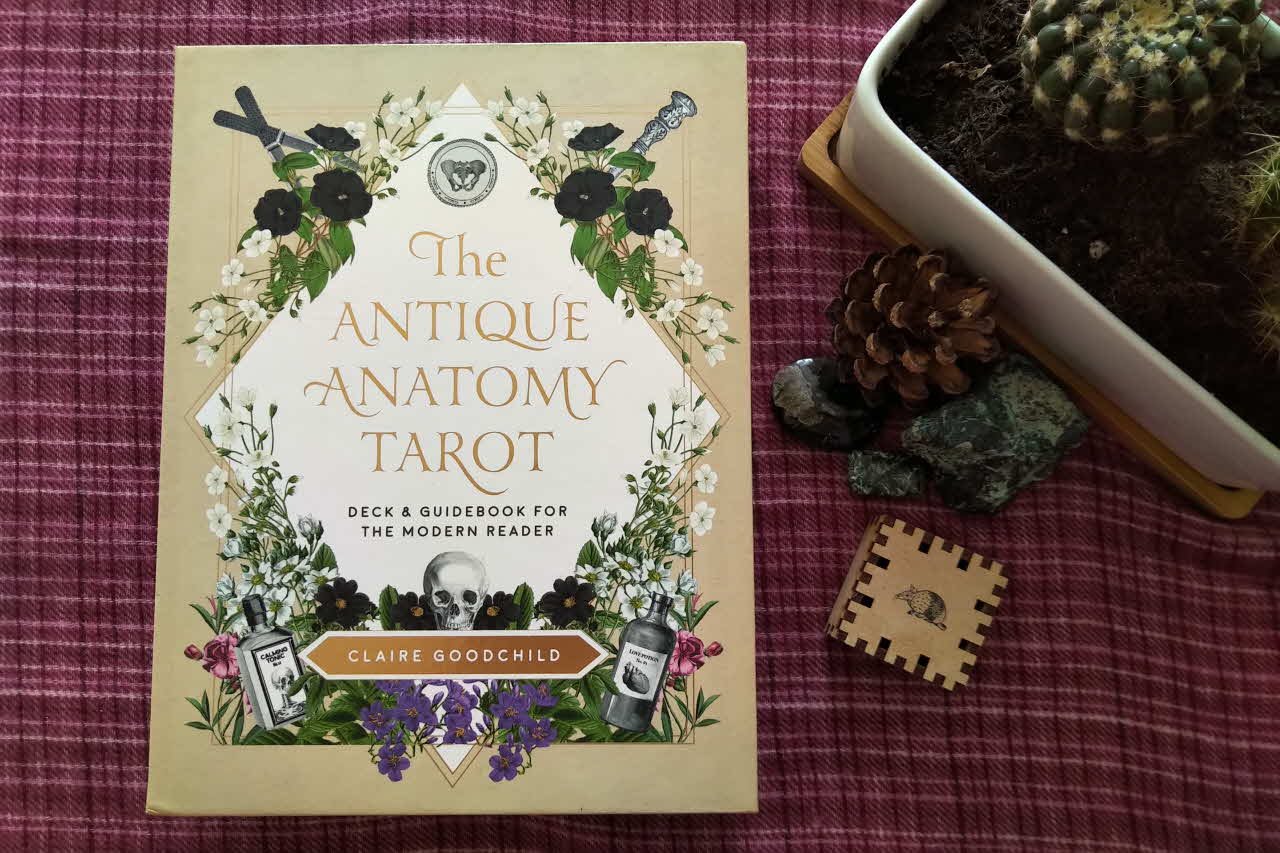The Zodiac Tarot


This post is part deck review and part exploration into the blending of astrology and tarot in general. The Zodiac Tarot is an old deck published back in 2007, and is now out of print. Copies can be found at exorbitant prices around the internet if you feel compelled to have this deck in your collection. Lee Bursten wrote the material for the little white book (lwb), and Luca Raimundo created the artwork.
I've had this deck since around 2008 and bought it purely for its title and the artwork. The astrological correlations are based on the work of The Hermetic Order of the Golden Dawn from the late nineteenth century. I was using the same system myself and had done so for years. I figured they would be a good addition to the knowledge I’d already gained on combining tarot with astrology. I’d been studying astrology pretty heavily for years by the time I got these cards. I knew the type of astrology books that were available in the decade before these were published, and some were exceptional. I had high hopes that the deck would be enriching. The lwb states, “The Zodiac Tarot focuses solely on the astrological attributions assigned by the GD (Golden Dawn) to each tarot card and leaves aside other parts of their system. The astrological concepts are placed into a modern-day context, rather than the mythological context of many tarot decks. The astrology is based on mainstream 20th-century psychological interpretations rather than the Victorian interpretations that would have been used when the GD was founded.” Sadly, the Zodiac Tarot never became central to any professional readings, because although I enjoyed the 1950s-style artwork, I also found it quite limiting.
The lwb are a contentious issue at the best of times. they’re tiny, and as such there is no room for any lengthy interpretations. That being said, there is always an expectation that it will at least offer solid information, even if there isn’t much to go on. Having looked through it closely to do this review, I’m not sure the creators understood astrology to any great depth. Most of the interpretations given in the lwb just don’t grasp the dynamics of the astro placements. Some examples will be given below.


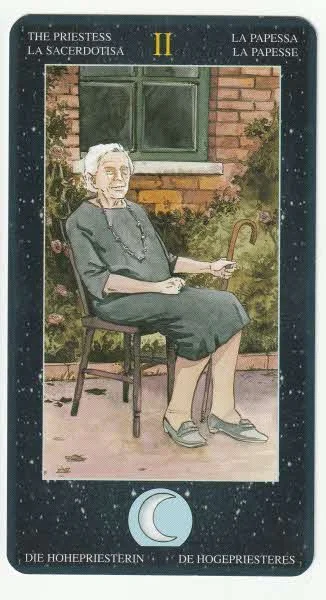






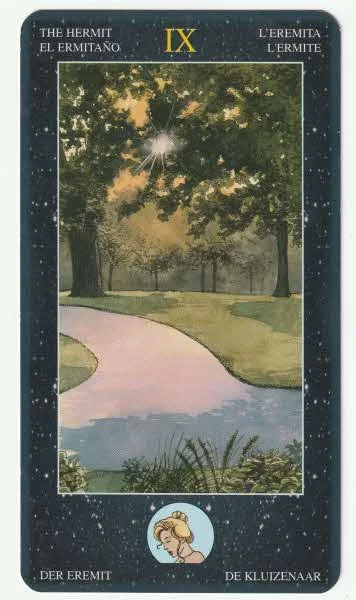









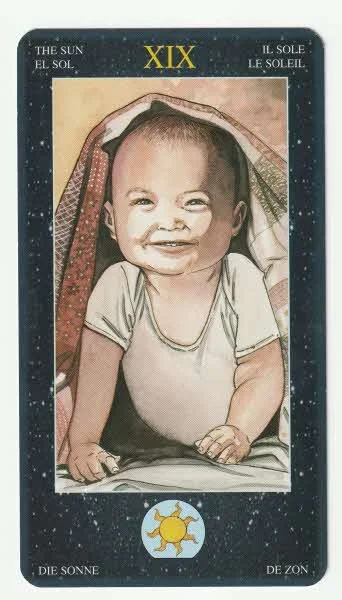


The major arcana artwork doesn’t stick to any traditional format, and other than a couple of cards, it’s really difficult to know what you’re looking at without the numbers and titles. At the bottom of each card, the circular-framed astro-symbolism can be difficult at times. I honestly wouldn't have known it was Uranus on The Fool card if I didn’t know my astrology. Symbols rather than an image of the god or goddess could have worked better here. I don’t like many of the word associations for the major arcana. Magician/Mercury. Person: the daughter. Intelligence. Curiosity. Learning. But why is there no mention of communication? I have an issue with The Priestess/Moon, the lwb says, Person: The Grandmother. Instinct. Emotional Reaction. Intuitive Wisdom. In modern astrology, the moon doesn't represent a grandmother, but a mother. It also indicates the kind of emotional needs we have. Food can be a moon issue, too. As well as our relationship to mother, and how we mother. Next is The Empress/Venus. Person: The Mother. Relationship. Love. Need for harmony. Nurturing. Except Venus is how we relate to others, values, and self-worth. It’s how we show love, and what we appreciate. The Emperor/Aries. Place: The swing. Pioneering. Courageous. Impulsive. Forceful. Risk-taking. The artwork shows a swing. Aries is forward, not forwards and backwards (that’s Libra’s department). The Emperor is the counterpart to The Empress, so why have they made the association a 'place' and not a person? I understand one is a planet and the other an astrological sign. But still.
It's the Wheel of Fortune/Jupiter which gives the person as father. I understand that Jupiter is indeed the father of the gods, but modern astrology has Jupiter for beliefs, higher education, and philosophy. The father is generally seen in the sun and sometimes in Saturn.
For Death/Scorpio, we are given a place of ‘the submarine’. I can kind of understand this because it's the sign associated with desire, and all that is hidden under the surface.
The Devil/Capricorn is a prison cell, and yes, it can be a restrictive sign, but it rules the bones. Modern astrology gives Capricorn the arena of business, of government departments, and tradition without dissent (Uranus is often the dissent). I can't understand why Uranus, Neptune and Pluto haven't been given a 'person' like the other planets? Uranus and Neptune were both discovered by 1888. And even then, if we’re talking about modern astrology, all three outer planets have clear archetypes. And yes, I am aware that Pluto had already been downgraded as a planet by the time this deck was published.
One of the cards I absolutely adored for its imagery was The Hanged Man. The lwb says, Hanged Man/Neptune. A societal change card. Dreams. Stories. The imagination. Idealism. Escapism. The image shows a packed cinema and we can see a film showing on the screen. I loved this depiction because during Hanged Man times, we can often feel like we’re watching life pass us by. And Neptune is usually dominant in film in modern astrology. It can also cover photography, the collective unconscious, and music.
In the minor arcana, we only really have numbers two through ten as far as artwork is concerned. The Aces show a basic artistic depiction of the suit symbol: Stone, Torch, Wave, and Cloud. And, it shows the element symbol at the bottom of the card. The court cards are pretty much the same, with the addition of the element in pictorial form in the background, and an extra element symbol. I don’t tend to use the court card astrology because it doesn’t fit with how I do astrology. In the Zodiac Tarot, all Princesses are given the earth element, the Princes are air, the Queens are water, and the Kings are fire. This is an additional aspect of the element of the suit. I don’t like the court cards in this deck because they’re dull and don’t really give much in the way of visual clues.
The Stones replace Pentacles and contain several curious images. The two, three and four of Stones each represent a Capricorn placement. Like the The Devil/Capricorn card, there is a theme of imprisonment for each. The Two of Stones is Jupiter in Capricorn. A guard is locking a man in a cell. Jupiter in Capricorn isn’t well placed (Two of Stones), this is true. The planet of growth and expansion can be stifled in the sign that follows tradition (Capricorn). That being said, it’s not a punishment and should not be seen as one. Three of Stones is Mars in Capricorn and shows a guard mopping the floor of a prison cell. Mars is especially happy in Capricorn, but the prison guard washing the floor of the prison cell doesn’t remotely conjure a sense of determination or ambition. The Four of Stones is the Sun in Capricorn, and the artwork is of a baby in a cot. If the Sun in Capricorn is going to be presented as a person, it’s most suited to the patriarchal father in a factory, not a baby in a cot. The lwb descriptions are dreadful because the astrology is not on point. While Capricorn does represent following the established pattern and can indicate restrictive attitudes, it’s far from a prison. Capricorn has rulership over the bones in the body, so it’s more accurate to see it as being part of an essential framework.
The Five, Six, and Seven represent Taurus placements. The Five of Stones is Mercury in Taurus, and this deck does at least give us something different. The card shows a young girl contemplating inside a church. The lwb says, “The mind (Mercury) becomes restless when it focuses on overly conservative and materialistic aspects (Taurus) rather than the spiritual realities that underlie them.” This interpretation doesn’t quite hit the mark for me. The mind is indeed Mercury, and Taurus can be inclined to materialism, but I wouldn’t call it conservative. I’m not sure what is meant by spiritual realities, but I can imagine it depends on one’s beliefs.
The Eight, Nine, and Ten deal with Virgo placements. The Eight of Stones is the Sun in Virgo, and I like this card. A woman tending a garden with a child sitting on a path nearby is pretty good for both the original tarot meaning and the Sun in Virgo. The nine is Venus in Virgo, and again, the artwork is apt for both the original tarot and astrology. The ten represents Mercury in Virgo. The artwork and lwb description are more in line with the astrology than the tarot meaning. The booklet says, “Perceiving (Mercury) the benefits of modest and ordinary activities (Virgo).” I think it’s safe to assume the artist prefers Virgo people to Capricorn types.
The suit of Torches is equivalent to Wands. The Two of Torches is given the astrological placement of Mars in Aries. The Three of Torches is the Sun in Aries, and the Four of Torches is Venus in Aries. Like The Emperor/Aries, they each feature a swing. The Three of Torches has a baby in the swing, and I can understand how the artist may have interpreted the Sun in Aries as a baby. But it falls monumentally short of displaying the qualities of Aries. The Four of Torches is a woman painting the same swing, and the lwb says, “You direct and control (Aries) your environment to reflect your preferences (Venus).” Venus isn’t just about aesthetics; it’s also about values and how we relate and show love to others. Where’s the passion? The Five, Six, and Seven represent Leo placements. The Five of Torches shows two men having a sword fight on a stage. The lwb says, “Creative and self-satisfying energies (Leo) face restriction (Saturn) from competition”. I think the artwork is a poor representation of both the lwb and the astrology. As previously mentioned, Saturn can indicate restriction, but these are internal building blocks. Saturn in Leo is more about turning art into money, structured creativity, blocked creativity due to other responsibilities, taking art seriously, and blocked self-expression. I don’t understand where competition comes into play. I like the artwork for the Six of Torches because Jupiter in Leo can indicate a will to shine on stage, and it certainly wants public recognition for its efforts. Traditionally, the Six of Wands can indicate fame, success, and self-realisation, so it kind of fits on all fronts. The Seven of Torches is Mars in Leo, and neither the book nor image are representative of the placement.
I love the artwork for the Eight of Torches, which is Mercury in Sagittarius. The child in the airport is a pretty good image for expanding horizons and travel that is often associated with Sagittarius. The nine is the moon in Sagittarius and shows an old woman boarding a plane. The lwb says, “Instinctive urges towards security (moon) must sometimes adapt themselves to boundary-stretching experiences (Sagittarius).” I’m still irritated and perplexed as to why the figure is Granny and not Mother (moon). For Moon in Sag types, security and emotional comfort is usually gained by travel and philosophical expansion. Finally, we have Saturn in Sagittarius, which correlates to the Ten of Torches. The artwork kind of fits with the old man waiting to get his luggage. The lwb says, “Your goals and dreams (Sagittarius) are weighed down by responsibilities (Saturn).” Baggage is a common theme for the Ten of Wands, but we usually get a better picture of a person being physically overloaded.
The suit of Waves replaces the traditional suit of Cups. The two, three, and four all represent a Cancerian placement. The two is Venus in Cancer and doesn’t relate to the traditional Two of Cups much at all. The artwork is a fairly straightforward humanisation of a crab — a campervan. The 1950s housewife implies there is also an actual house somewhere out of view. The Three of Waves is Mercury in Cancer and shows a child inside the campervan. Then we have Granny at the wheel for the four, which is Moon in Cancer. There’s just too much missing to even get into it. The Five of Waves is Mars in Scorpio, and I like the artwork of a sailor in a submarine that has sprung a leak. The lwb says, “Unexpected intrusions (Mars) force you to reexamine reality (Scorpio)”. Mars in Scorpio is all about the desire and how we get what we want. I’d be tempted to ignore the lwb and just read the image in this instance. The six represents the Sun in Scorpio and shows a child playing with a submarine in a bath. It’s closer to the traditional tarot meaning of joy, pleasure, and memories of the past. The Seven of Waves is Venus in Scorpio, and the image of a woman holding her finger over a ‘fire’ button onboard a submarine is definitely open to interpretation. Traditional tarot will often refer to ‘choices’, and Venus in Scorpio values desire and emotional intensity. The artwork could fit both with a stretch of the imagination.
The eight, nine and ten are concerned with Pisces placements. The eight is Saturn in Pisces, and traditional tarot will lean into the theme of walking away. An old man rowing his boat away from the camera certainly evokes a sense of that. He’s heading towards land, which is a good indication that his direction is a good one. Nothing much to link it to Saturn in Pisces, though. The Nine of Waves is Jupiter in Pisces, which is an excellent astrological placement. The artwork of a father taking a picture in a boat doesn’t do much for the astrology, and neither does the lwb. “An appreciation of abundance (Jupiter) and the deeper realities that underlie it (Pisces)”. And finally, the ten is Mars in Pisces. The artwork shows the same man looking at a photograph of his wife and two children sitting in a boat. We’re seeing what it is he was looking at in the Nine of Waves. It’s closer to tarot than astrology because it’s showing emotional abundance.
Our final suit is that of Clouds, and I am now thoroughly bored with this deck. The clouds are equivalent to Swords. The two is Moon in Libra and the artwork shows a courtroom. Natives with this placement are notoriously indecisive, so maybe decisions made by an impartial party are a good idea. The Three of Clouds is Saturn in Libra, another challenging placement astrologically. The artwork shows someone signing divorce papers — I assume a judge. Jupiter in Libra is the astrology for the Four of Swords, and we have the judge himself. It’s a good symbolic representation. The next three cards are given Aquarius placements, and I don’t get the artwork for any of them. The five is a snowy outdoor scene, and we have a man about to walk past a naked woman who is standing in a pose against some kind of wall. The lwb says, “Pursuing one’s desires (Venus) in a ruthless manner, unaffected by empathy or compassion (Aquarius).” The Six of Clouds is Mercury in Aquarius and shows a kid standing inside a house looking out of the window at a snowman. The Seven of Swords is generally a difficult card that correlates to the Moon in Aquarius. The artwork for the Seven of Clouds shows Grandad going downhill on a sledge.
The Eight of Swords is another traditionally challenging card, and the astrology of Jupiter in Gemini is a difficult astrological placement. The Eight of Clouds shows a man at a desk in a library, but this says nothing about the astrology because I could easily relate this image to Mercury in Virgo. The lwb says, “Too much (Jupiter) attention to detail (Gemini).” Attention to detail isn’t a problem; lack of discernment is. And the problem with pure Gemini is that it’s all a bit too superficial and lacks depth and understanding. Libraries don’t imply superficiality. A better image would centre around newspapers, gossip, or other methods of communication and learning that suggest basic information that hasn’t been edited as well as a book. The Nine of Clouds is Mars in Gemini and shows a young man sitting at a desk with a book in front of him. I can’t make out the title of the book. The lwb says, “Attempting to understand (Gemini) that aspect of human nature which indulges in aggression, rage and War (Mars).” Mars in Gemini isn’t about any of that. Mars in Gemini gets what it wants through communication, through gathering information, through arguing. Gemini isn’t responsible for understanding. And finally, we have the Ten of Clouds, which is the Sun in Gemini. I have never understood how this astrological placement was linked to the Ten of Swords. The artwork shows a baby tearing a page out of a book. The lwb says, “Having the arrogance (Sun) to believe that a subject or person is not worth one’s time (Gemini).” What?
On the outer box, there is a statement that says, The first true astrological Tarot cards. The statement could be true in principle, but only because they have put images on each card to represent the relevant astrology. The artwork fails to depict anything connected to modern astrology in many of the cards. The lwb is a huge disappointment; it is often inaccurate and misleading as to what the planet or sign represents. And, by focusing on restrictive superficial astro definitions that are wrong, the cards are missing crucial details for a well-rounded reading. I am disappointed and can see why I never clicked with it strongly.
As an astrologer and tarot reader, I am constantly using both systems — I love both of them for different reasons. Astrology can enhance but should not override traditional tarot meanings. Some of the astrological correlations don't actually fit very well, and others don't fit at all. But that's for another post.
Recent Posts
Archives
Categories
- Animal-centred
- Books
- Decks For Self-development
- Difficult Decks
- Expensive Decks
- Lenormand Decks
- Oracle Cards
- Oracle Cards For Beginners
- Out-of-print
- Personal Favourites
- Published 2000s
- Published 2010s
- Published 2020s
- Tarot
- Tarot & Oracle Sets
- Tarot Cards For Beginners
- Under £15
- Under £20
- Under £30
- Under £40
- Witchy Decks
- Woman-centred



